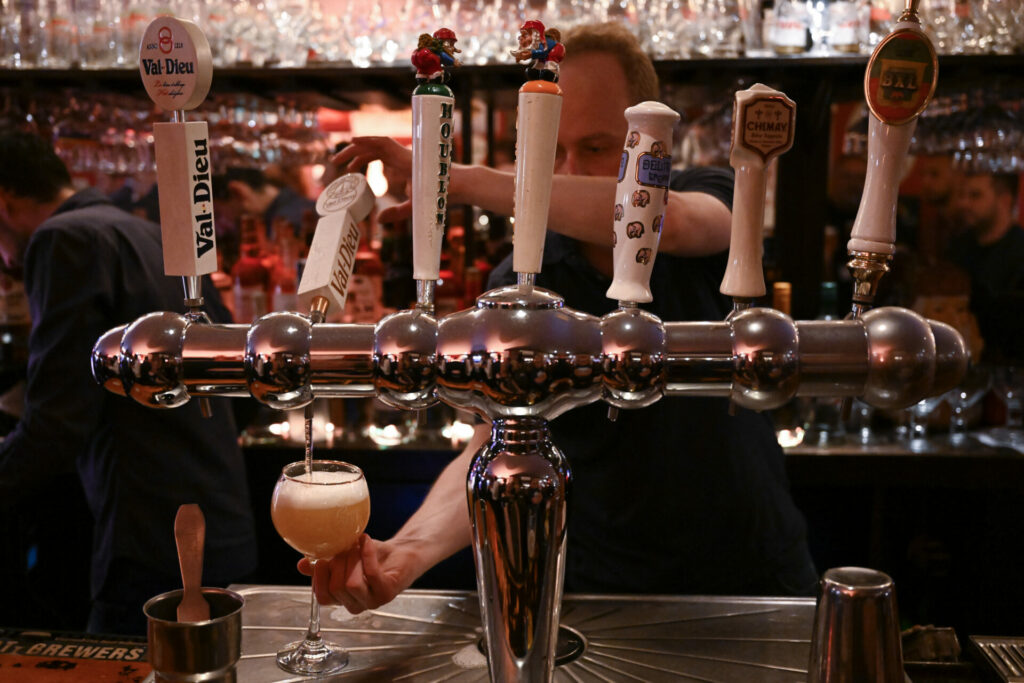It's an open secret that the way we brew lager beer today has tarnished the taste of that classic pint. Scientists at KU Leuven have now figured out exactly why that is and, above all, how they can solve it. Thanks to Japanese saké and banana flavour.
It is not misplaced nostalgia or an unhinged urban legend that beer used to taste better back in the old days. Brewers have been aware of the fact for some time and have been trying to get back that flavour which seemed to tail off somewhere over the past 60 years.
Ironically, the culprit for this deterioration of taste is precisely the modern way of brewing, explained Johan Thevelein, emeritus professor of molecular biology at KU Leuven. "Beer was brewed for centuries in horizontal, open fermentation vats. In the 1960s and 1970s, beer brewers switched to large, closed, cilinthoraconic kegs, which were much easier to maintain, fill and clean."
"But because those barrels are closed, the yeast accumulates in those barrels and creates a CO2 pressure. This pressure counteracts the aroma production by the yeast."
Finding the right strain of yeast
To tackle this problem, Thevelein's team went in search of yeast strains that are more resistant to what brewers call the CO2 inhibition. "We mainly focused on the production of banana flavour, which is one of the most important components of the aroma profile of all alcoholic beverages."
Eventually, the researchers ended up with a yeast strain of Japanese saké, which could tolerate that high CO2 pressure much better. In that saké strain, or specifically in the gene responsible for that banana-like taste, they found a mutation that could largely explain this tolerance to CO2 inhibition.
However, you can't just use that saké yeast strain to brew beer. "Yeast strains are very specific,” Thevelein says. “To brew a particular beer, you need to use a specific yeast strain. If you change that, you just get a different beer. More than 80 percent of a beer's aroma profile is determined by that yeast strain. With wine, for example, this is different: there the taste is mainly determined by the grape."
genetically modified beer
And so, the next step was tinkering with yeast genes. Thevelein and his colleagues used the famous CRISPR/Cas technique, with which you can cut away and replace pieces of DNA in a very targeted way. "That's how we were able to transfer that one mutation, that one property, from that saké strain to that pilsner yeast strain."
Beer brewed with that genetically modified yeast should therefore taste better in theory. "But the main advantage of an improved yeast strain is that the process conditions - the temperature, the mixing, the cooling - can be adjusted much more easily with such a more tolerant yeast strain,” says Thevelein. “So, it's not just about the beer itself being better, but that you also have more opportunities to make good beer."
Related News
- Carbon dioxide shortage threatens EU beer and food industries
- Bar goers in Belgium asked to stop stealing beer glasses
"This is a genetically modified organism (GMO), but only with its own DNA," explained Thevelein. "Such organisms can already be regulated in countries such as Brazil or the US and can therefore be used as yeast strains. But we do not yet have such a system of deregulation. Europe is overly strict about this and that creates a barrier in the progress of the industry."

